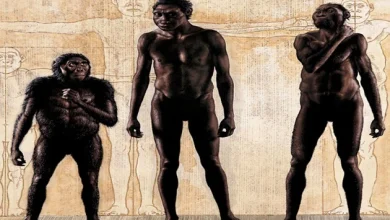Top 10 of the wildest African tribes
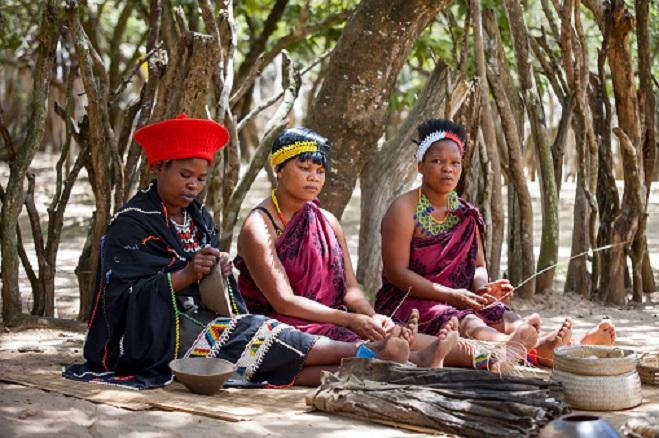
Of the billion people inhabiting the African continent, about 5 million are representatives of the ancient wild tribes.
In Africa, there are over thousands of tribes. They are very wary of modern society and do not want to let civilization into their lives. Some of these tribes are thriving, while others are on the brink of extinction.
1. Maasai
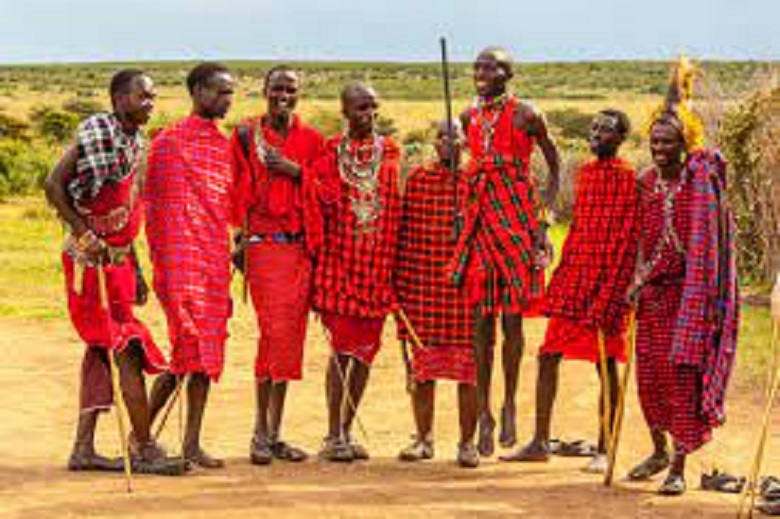
The Maasai are the most famous wild people of Africa, living in Kenya and Tanzania. The population is about 100 thousand people. You can often meet Maasai Africans near Mount Kilimanjaro, which occupies a prominent place in their mythology.
The Maasai have a reputation for fierce warriors, but they are primarily engaged in cattle breeding. This nation has almost entirely preserved its traditional way of life and still practices circumcision rites – both men and women.
2. Mursi
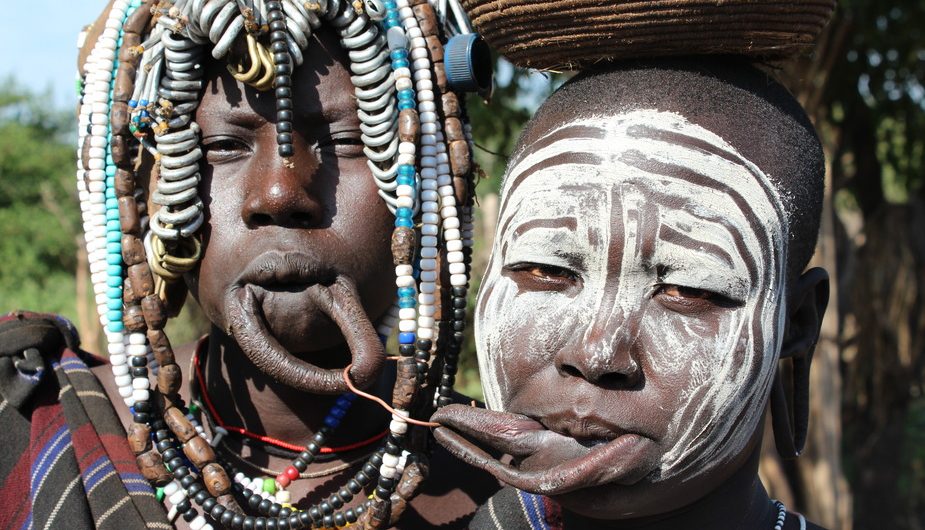
Representatives of the Mursi tribe consider themselves to be the spirits of darkness sent to earth by the god of death. By this, they justify the terrible rituals and traditions that pass down from generation to generation.
The visiting card of women is an incredibly stretched lower lip, the diameter of which can reach 30 cm. The Mursi tribe hangs dead women who deserve particular respect and honor during their lifetime. Their hands are pre-cut off. Other deceased serve as food or raw materials for jewelry, magical potions.
3. Hamar
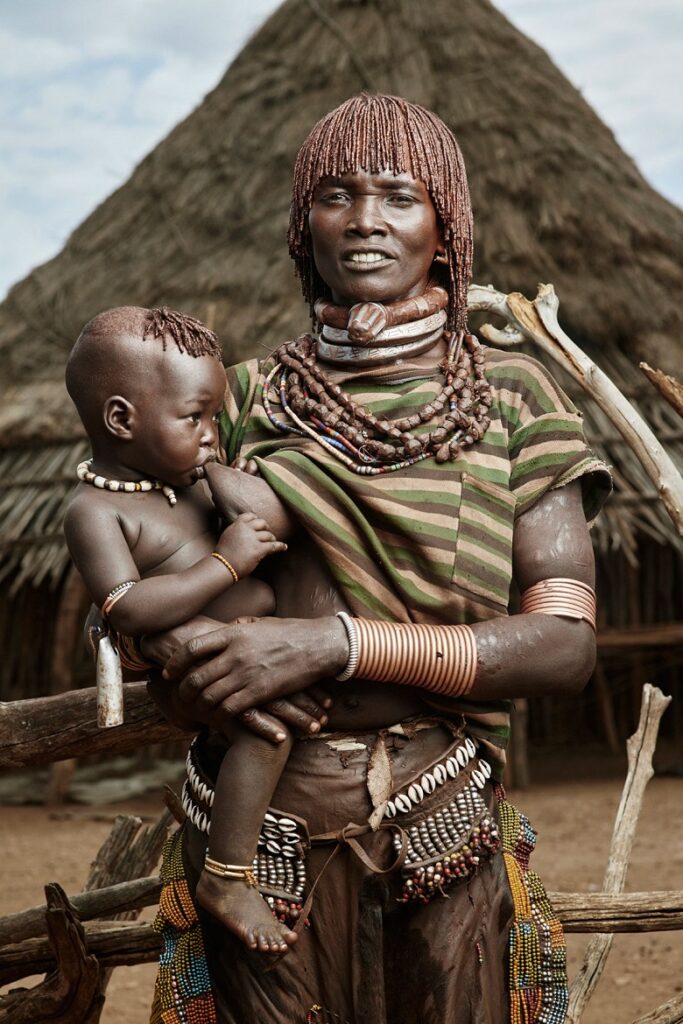
They are a friendly and distinctive tribe living in the fertile valley of the Omo River. His hallmark is his love for beautiful clothes and jewelry. Most of all, Europeans are shocked by the marriage ritual, during which men torture girls and women.
Young men strike at women’s backs with long rods, while the targets themselves try to provoke aggression and get the maximum blows. By the number of scars and scars, one can determine girls’ status and attractiveness in the eyes of fellow tribe members.
4. Bushmen
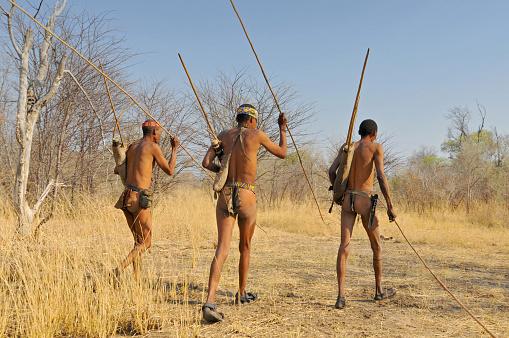
They live in families, each of which has a herbalist-healer – he communicates with spirits, can cause rain, and heal diseases. Bushmen women shave their heads, leaving a small tuft of hair on the crown of their heads. Also, they often use animal bladders as headwear, attaching them to their hair.
5. Samburu
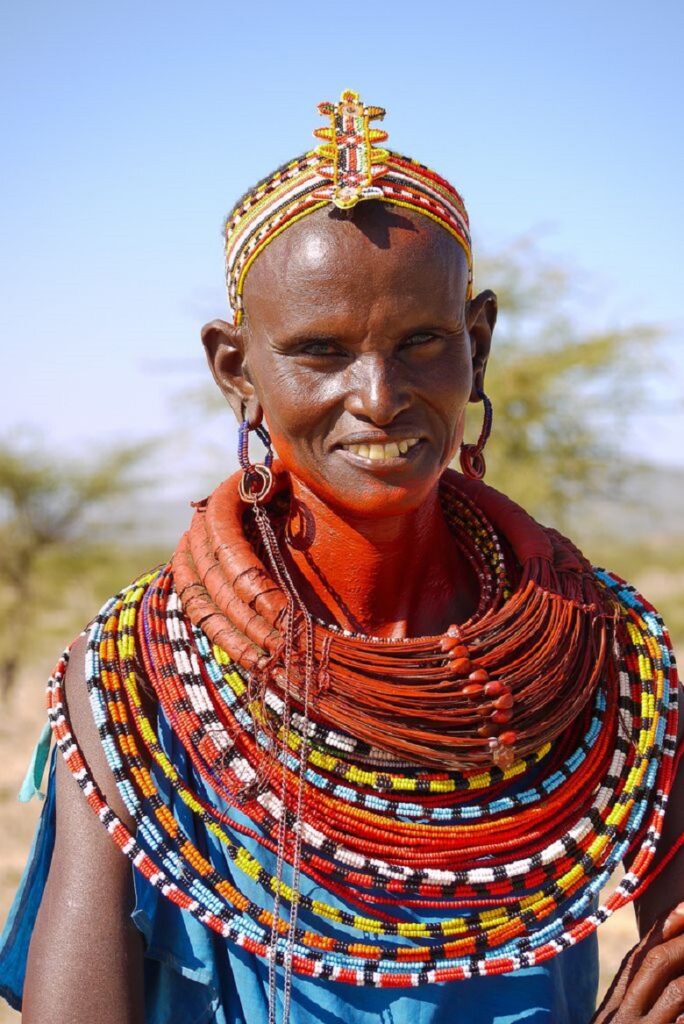
The most important part of the life of this tribe is childbearing; barren women are persecuted and often ridiculed. Representatives of Samburu worship the spirits of their ancestors engaged in divination and occultism. It believes that conspiracies and sacrifices can increase fertility and protect people from disease.
6. Zulu
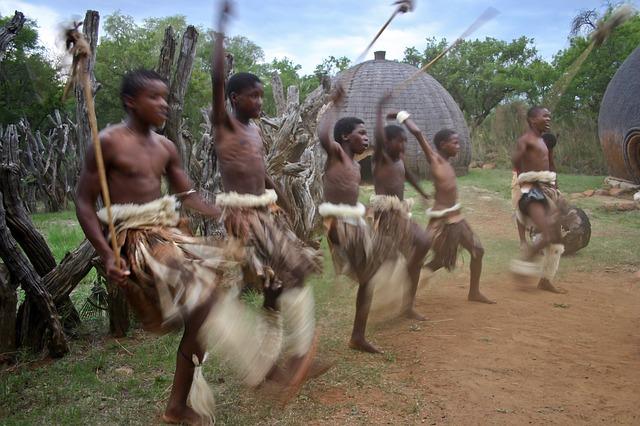
It is impossible to imagine the wild tribes of Africa without the Zulus, whose number reaches 10 million people. These people believe in a creator god, and all the negative phenomena of life – illness and death – are attributed to evil spirits and sorcerers. In the Zulu religion, an important place belongs to cleanliness. Therefore they have a custom of regular ablutions and cleaning of their homes.
7. Bantu

Bantu Africans have a characteristic appearance: they have very dark skin, a broad nose, and a peculiar hair structure that resembles a spiral. Bantu is a friendly person and gladly invites tourists to sightseeing walks.
The life of the wild Bantu tribes is associated mainly with agriculture and farming. They live in houses made of twigs and covered with clay on top.
8. Nuba
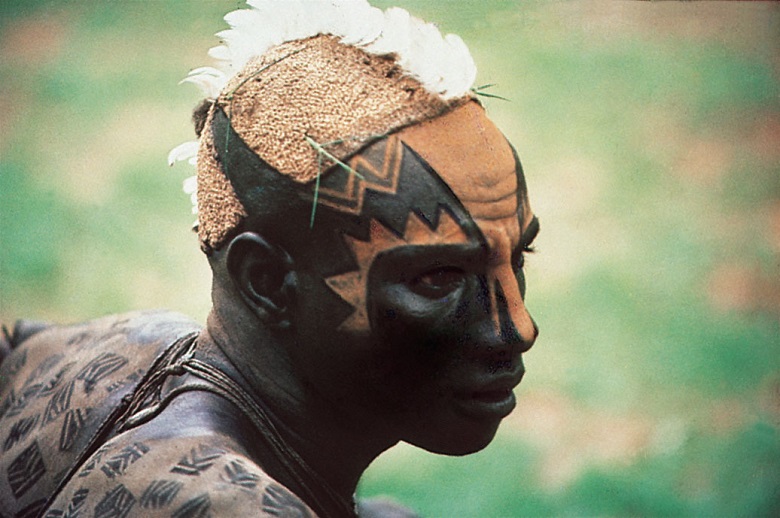
These are entirely isolated communities whose members speak their language and do not contact the outside world. This is probably why the Nuba tribe retained its whole identity.
The women of the tribe are gorgeous and have an excellent figure – long legs, tall and slender. Perhaps partly because of their beauty, the girls gained the right to choose a groom.
During the marriage ritual, the grooms sit with their backs to the brides dancing. After the performance, the girl comes up to the guy she likes and puts her foot on his shoulder. She made her choice, and the opinion of the groom does not take into account. Cohabitation begins only after the husband has built the house.
9. Himba
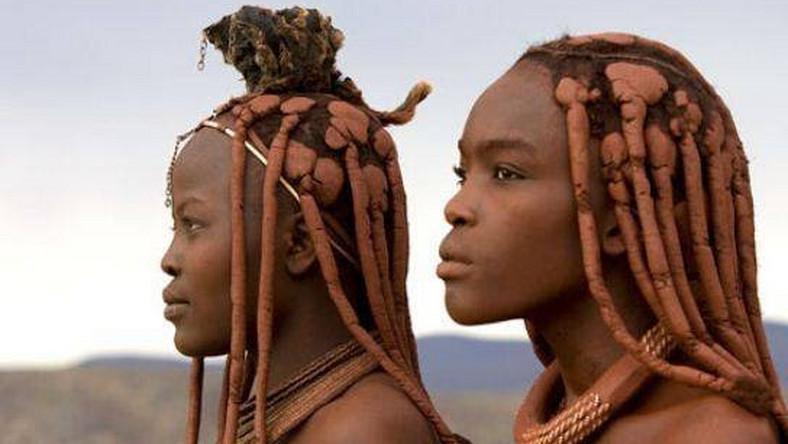
The Himba people live in clay huts that look like yurts. Inside the dwelling, there is only a sleeping place. Since the tribe lives in the desert in the north of Namibia, water is scarce. Himba is practically not washed not to waste excess moisture, but a particular reddish composition applies to the body. This mixture absorbs unpleasant odors and gives the body its characteristic scent.
10. Xhosa
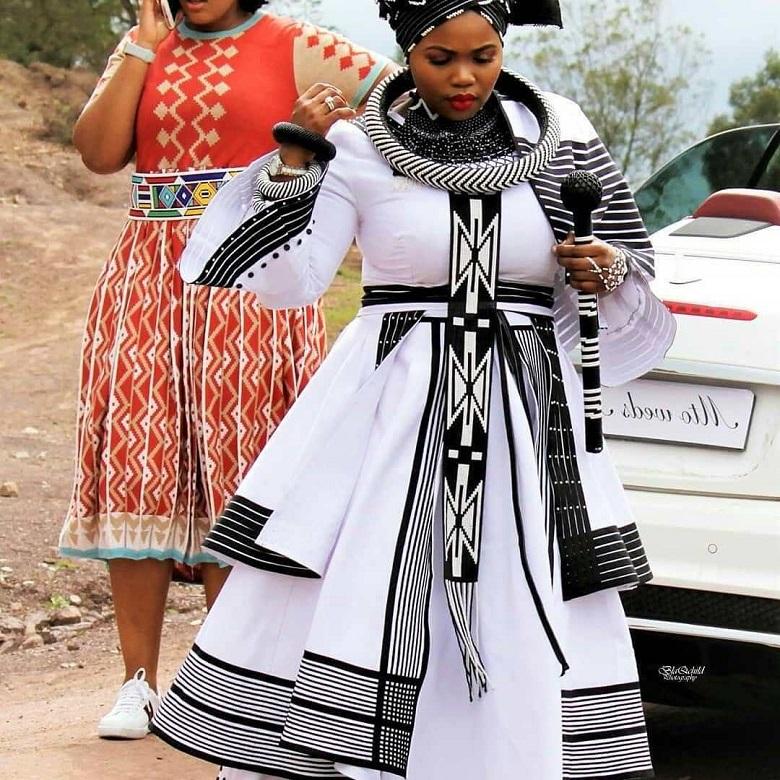
The Cape province inhabits the tribe. Xhosa also call the “red people” because they always dress in red. Women tie a turban on their heads in a unique way. You can determine their status – married, not married, or a widow by the type of headdress.
Young men of the Xhosa tribe must undergo circumcision. After the solemn ceremony, they cover the body with white clay to please the spirits and go to the mountains for two weeks.



